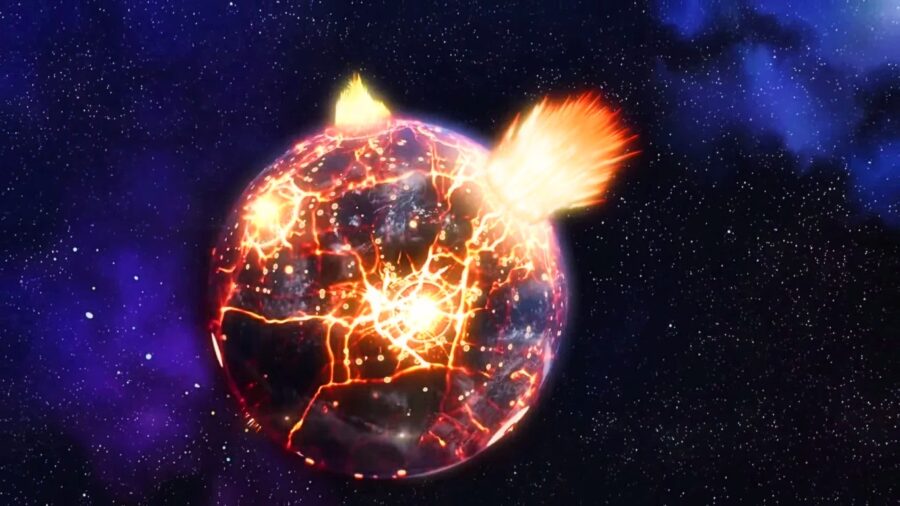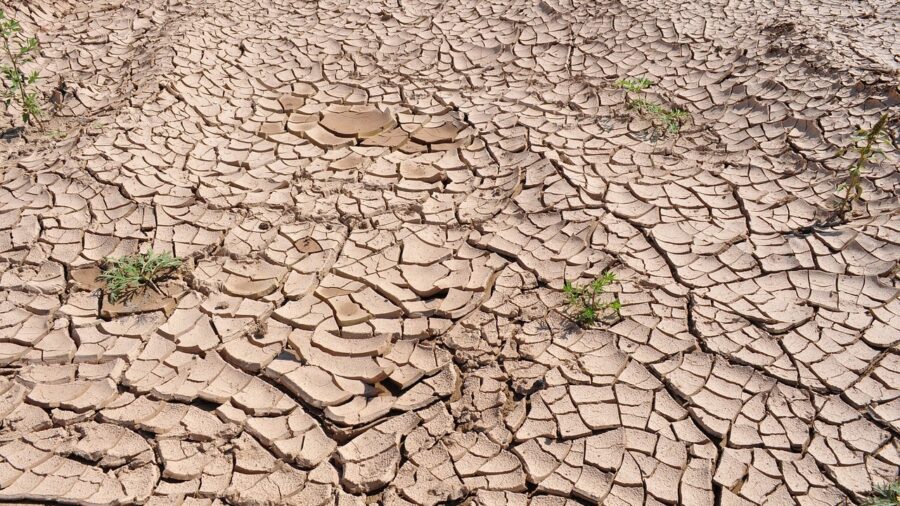New Supercontinent Is Forming, Life On Earth In Danger?

These days, it seems as though a new world-ending catastrophe is around the corner every week. With threats of alien attacks, climate catastrophe, and political upheaval across the world, there’s no shortage of existential dread to bring you to the brink of a panic attack. According to a recent write-up from Nature.com, the formation of a new supercontinent may in fact be the cause of an apocalyptic event set to end all human life as we know it.
Pangea, the supercontinent, is reforming, and the results will be nothing short of an apocalypse.
According to the report, shifting tectonic plates driven by climate extremes may result in a landmass configuration that threatens mammalian dominion over the planet significantly earlier than previously anticipated. In essence, the current supercontinents are ill-equipped to handle such a massive series of earthquakes, tsunamis, and other disasters brought on by the shift. If current projections are accurate, the science seems to suggest that all three supercontinents are set to drift closer together, forming one enormous supercontinent reminiscent of Pangea.
Humanity has frequently driven itself to the brink of destruction, only to slowly walk back its mistakes once hindsight presented us with the consequences of our actions.
Before humanity could craft a silver lining to this massive shift, such as the ability to backpack from Boston to Australia entirely on foot, geoscientists claim the shift would lead to massive deserts, essentially ending all life on Earth as we currently know it. This shift, which scientists are referring to as “Pangea Ultima” is projected to take place sometime within the next 250 million years, meaning the consequences of the inhospitable supercontinent won’t be a problem for many generations of human life, perhaps providing us with enough time to work out a solution.

Humanity has frequently driven itself to the brink of destruction, only to slowly walk back its mistakes once hindsight presented us with the consequences of our actions. Whether it means hunting animal species to the point of near-extinction, ripping an enormous hole in the O-zone layer with aerosol cans, or perhaps driving man-made climate change to accelerate the shifting of tectonic plates which threaten to end all life, humanity has always found a way to persevere. If the science surrounding the eventual supercontinent remains sound, the great minds at work behind geoscience will surely begin to tinker with plans to halt and prevent the inevitable.
This shift, which scientists are referring to as “Pangea Ultima” is projected to take place sometime within the next 250 million years, meaning the consequences of the inhospitable supercontinent won’t be a problem for many generations of human life…
Besides, the sun is expected to continue to burn at an increase of 2.5 percent more lumens in the time frame necessary for the supercontinent to form, meaning humanity has more problems than just the tectonic plates. Perhaps another 250 million years on Earth is just too much to hope for at this point, though new discoveries in space are being made every day, with many humans hoping against the odds that a second inhabitable planet could be discovered and colonized before the planet Earth becomes a desolate wasteland resembling the planet Arrakis from Dune.
No matter what disaster approaches, the most important thing to remember is to stay calm, remain reasonably prepared, and carry your towel. The scientists who are in charge of research and development for geological movements such as those resulting in the supercontinent will continue to have more information in the coming years.











